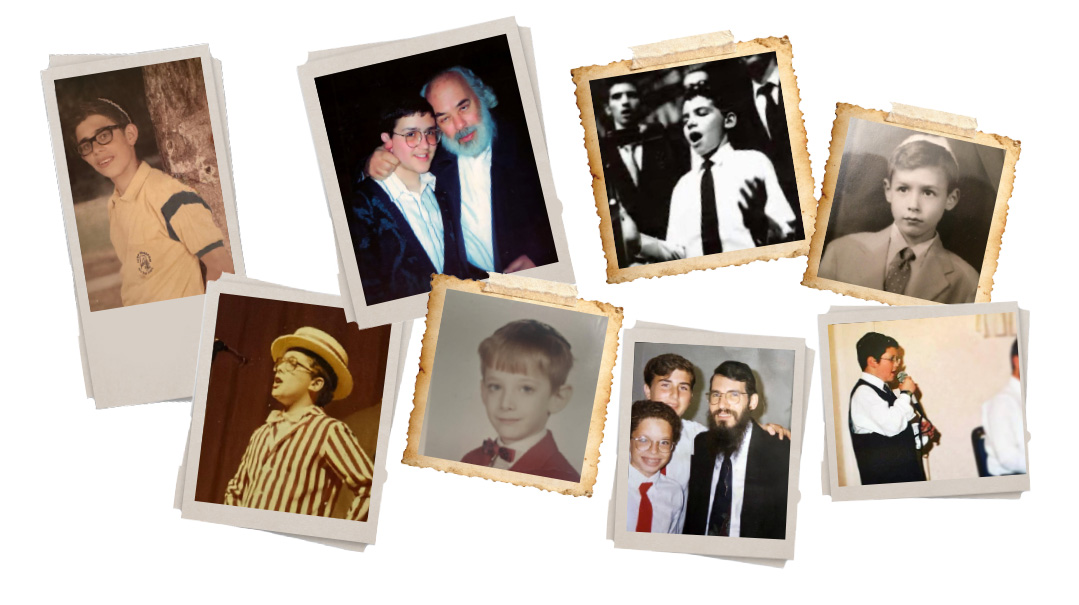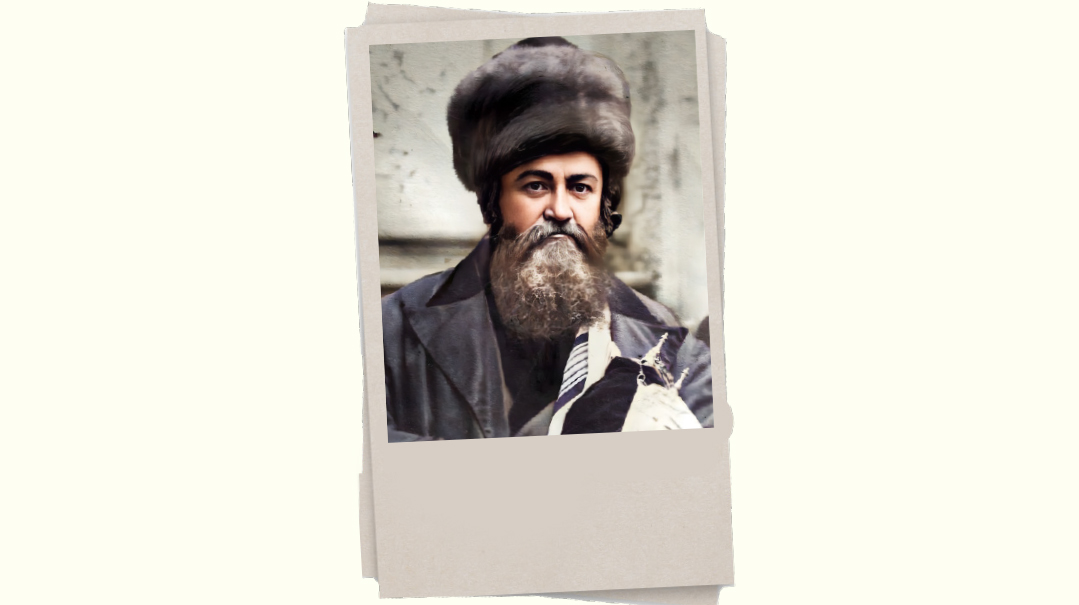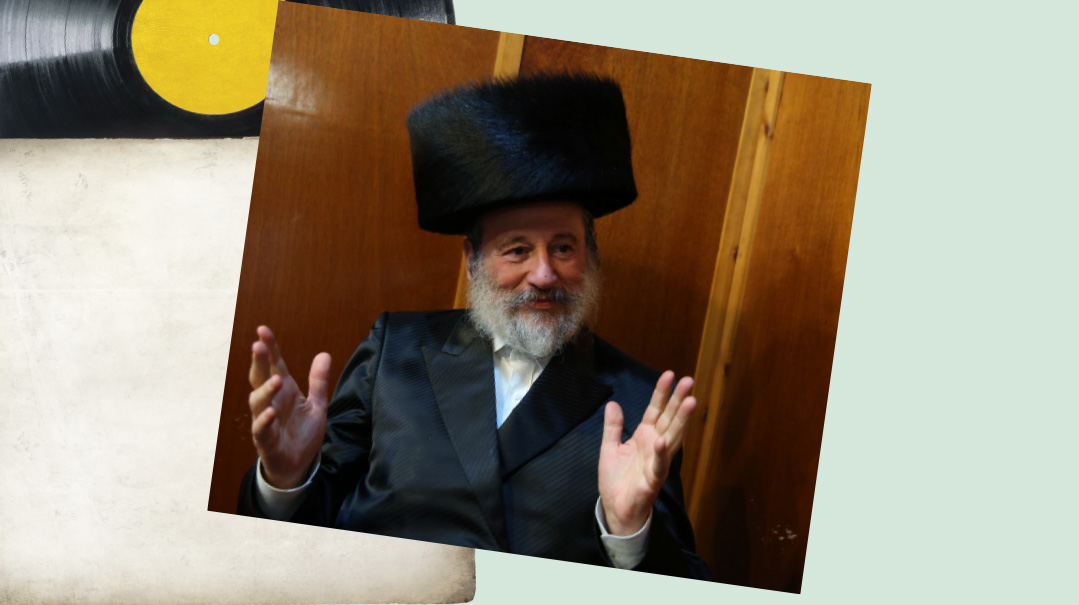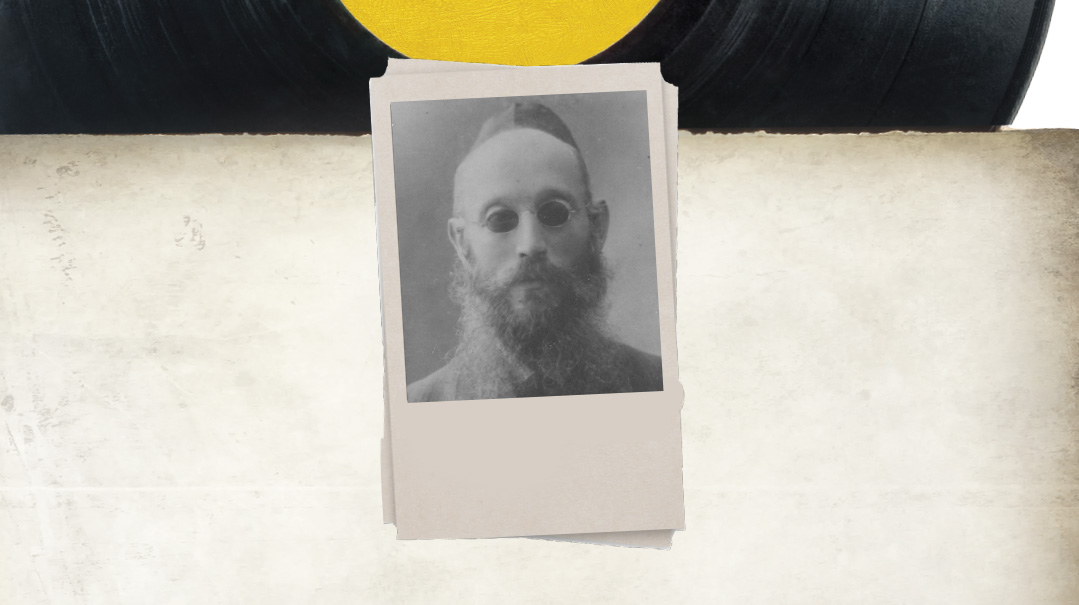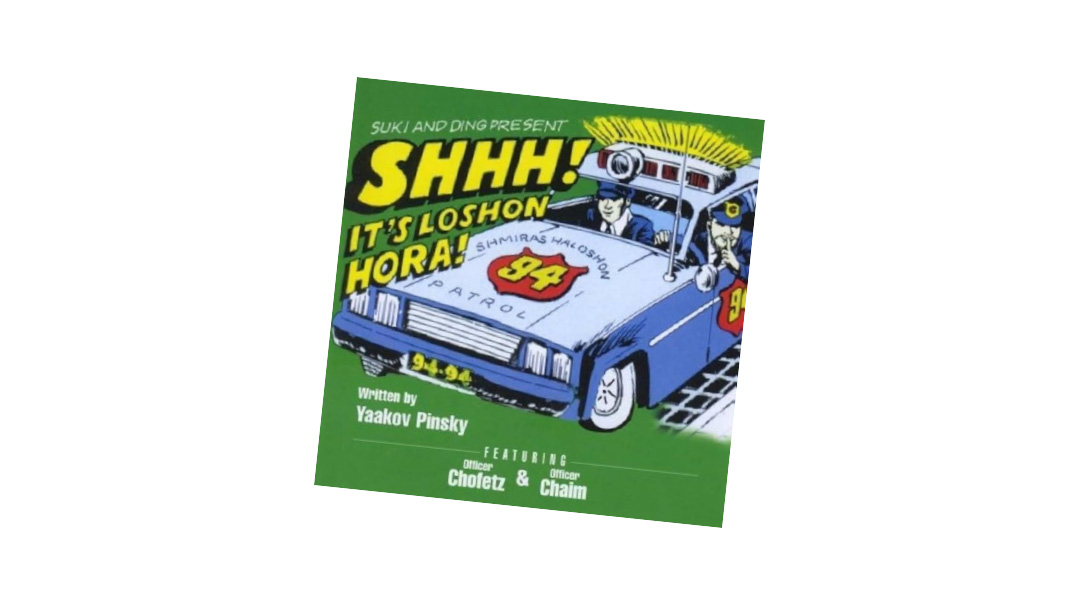Silent Dance

The shul became utterly still, and everyone began to dance in silence around this man and the sefer Torah he clutched so lovingly. There was no singing, no clapping, no noise whatsoever
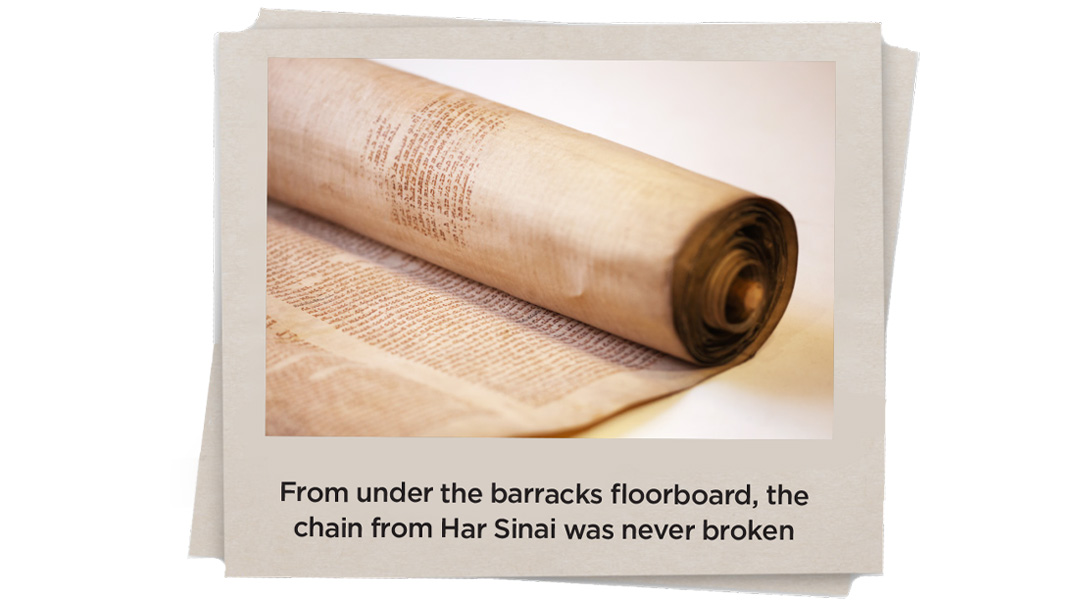
Although the following story took place on Simchas Torah, there’s no better time than now — as we’re getting to the home stretch of our countdown to Shavuos and kabbalas haTorah — to share it with you.
My good buddy Zale Newman has a close friend named David Woolf, who spent Succos in Israel around twenty years ago. David reported how he ended up spending Simchas Torah in a particular shul in Jerusalem’s Rechavia neighborhood. Yom Tov davening began in a regular fashion, with Hallel followed by a kiddush and then hakafos.
The dancing began like it does in any other shul, but then something startling happened. Right before the last hakafah, David watched as the men approached the aron kodesh and carefully removed a specific sefer Torah that looked like it was missing its atzei chaim, the standard wooden handles. But that wasn’t all: Along with this sefer Torah, they took out what looked like a floorboard that had been stored alongside the scroll. They placed the floorboard at the center of the shul, while an elderly gentleman was gently handed the sefer Torah. Then, the strangest thing happened. The shul became utterly still, and everyone began to dance in silence around this man and the sefer Torah he clutched so lovingly. There was no singing, no clapping, no noise whatsoever. This went on for about ten full minutes. As David looked around the congregation, he couldn’t help but notice that many of the mispallelim had tears streaming down their faces.
When hakafos were over, David ran over to one of the shul’s regulars and asked him to explain the strange dance he’d just witnessed. The fellow told him the following story:
In 1944, the elderly gentleman who had so lovingly held the Torah was in a concentration camp, where his slave-labor “job” was to make leather for the Germans in a nearby factory. Every day he would trudge to the factory, making sure to do his job diligently in order to stay valuable and remain alive. One day in the factory, he noticed a pile of discarded Judaica items. Looking closer, he saw, much to his shock and heartbreak, that among the items was the complete klaf of a sefer Torah, although it had no handles and no covering. Looking around to make sure nobody was watching, he hid the sefer Torah under his shirt (which was quite oversized, due to his extreme malnourishment).
That night, terrified and excited at the same time, he was able to sneak the sefer Torah into his barracks safely without being spotted. He pried up a few loose floorboards, wrapped the holy Torah in a shirt, placed it in the niche, and replaced the floorboards.
A few weeks later, it was Simchas Torah. In the middle of the night, he woke up the entire barracks, and signaling silence in the darkness, opened the floorboards and showed them his precious treasure. The inmates couldn’t believe it. As if on cue, the entire barracks began emotionally dancing silently around this most unique gift, tears streaming down their worn, broken faces. He then made a promise that if he survived the war, he would repeat that silent dance every year.
A few months later, the war ended. This special man managed to take that holy sefer Torah with him to the DP camps, and eventually to Eretz Yisrael.
“What you see here,” the congregant told David, “is that very sefer Torah he smuggled out.”
After I heard this story, I couldn’t get the image of that barracks on the last Simchas Torah of the war out of my mind. How did all those tortured Jews have the wherewithal to dance in silence, knowing they could be beaten or shot on the spot? How was it that their desire to show Hashem their love and devotion overrode their terror of the Nazis?
And, how fortunate are we to be able to dance in freedom, as we ascend, day by day, another rung on the ladder, preparing for our annual rendezvous with Hashem as He renews the Revelation of our most precious gift?
(Originally featured in Mishpacha, Issue 961)
Oops! We could not locate your form.

